Based on the STEVAL-MKI109V3 development board and equipped with LIS2DW12TR, the application of the acceleration function in wireless headsets is realized.
LIS2DW12 is an ultra-low-power 3D accelerate sensor in ST's second-generation MEMS family. It is often used in miniaturized wearable products, such as rings, headphones, etc. Among them, implanting 3D sensors in earplugs has been a functional trend in Bluetooth headsets in recent years.
The main functions of 3D sensor in headphones are:
1. User posture detection (in sleep headphones, it also assists in detecting the user's turning over, assessing sleep status, and working with Dolby Surround)
2. Headphones single-click and double-click functions (switch songs, play/pause)
3. Enter/exit low power consumption mode (detect whether the headset is stationary)
ST has a complete set of DEMO boards and UNICO tools to assist developers in completing the development of 3D sensors:
STEVAL-MKI109V3 - ST MEMS adapter motherboard, using STM32F401VE MCU, with a complete built-in software program for MEMS configuration, data interaction, power consumption evaluation, interrupt detection and other functions, and is compatible with all ST MEMS sensors
STEVAL-MKI179V1 - LIS2DW12 standard 24pin development board. On it is a LIS2DW12 and its minimum system circuit, which is plugged into STEVAL-MKI109V3 to realize a complete hardware system.
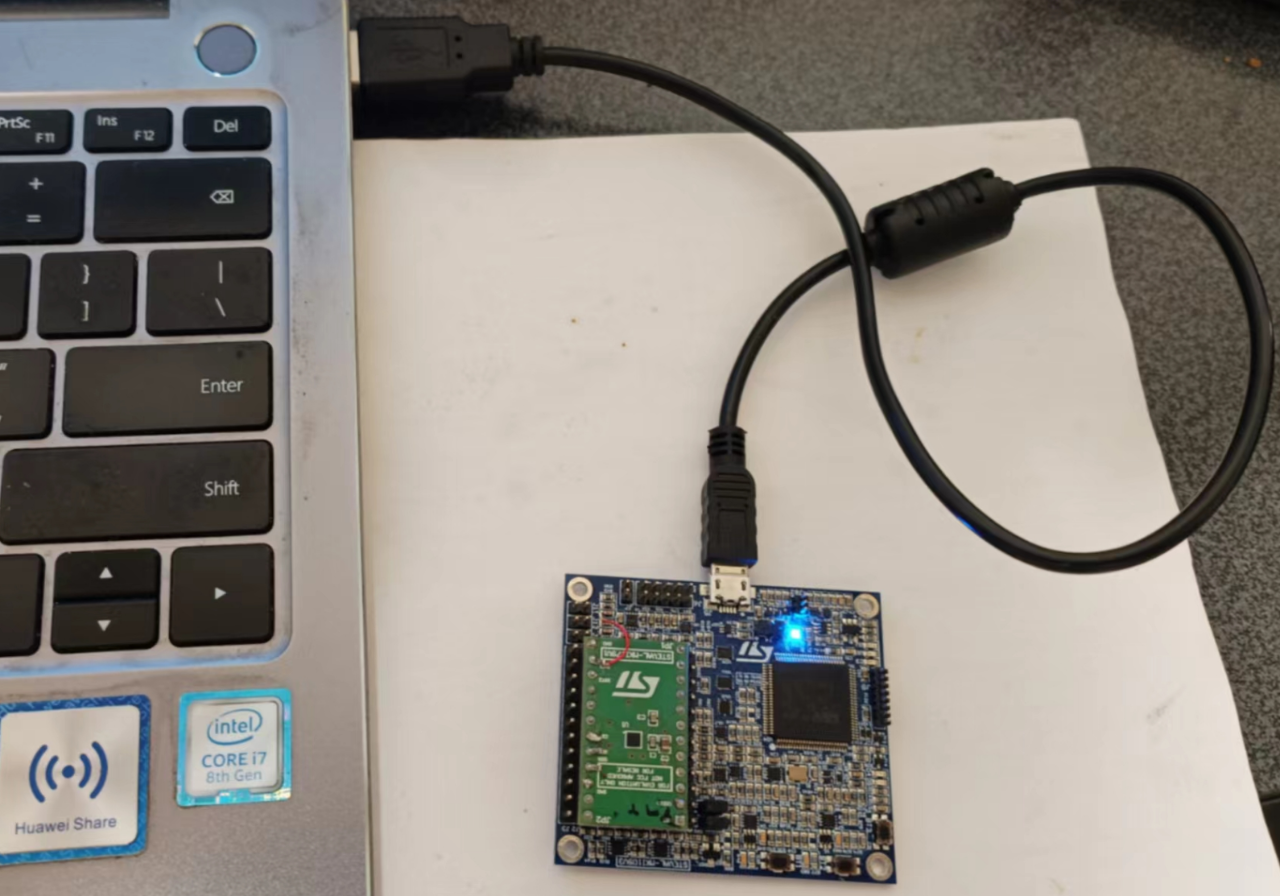
ST UNICO-GUI - open source host computer software, graphic and interface design, users can intuitively configure MEMS, obtain data and waveforms.
Select target development board
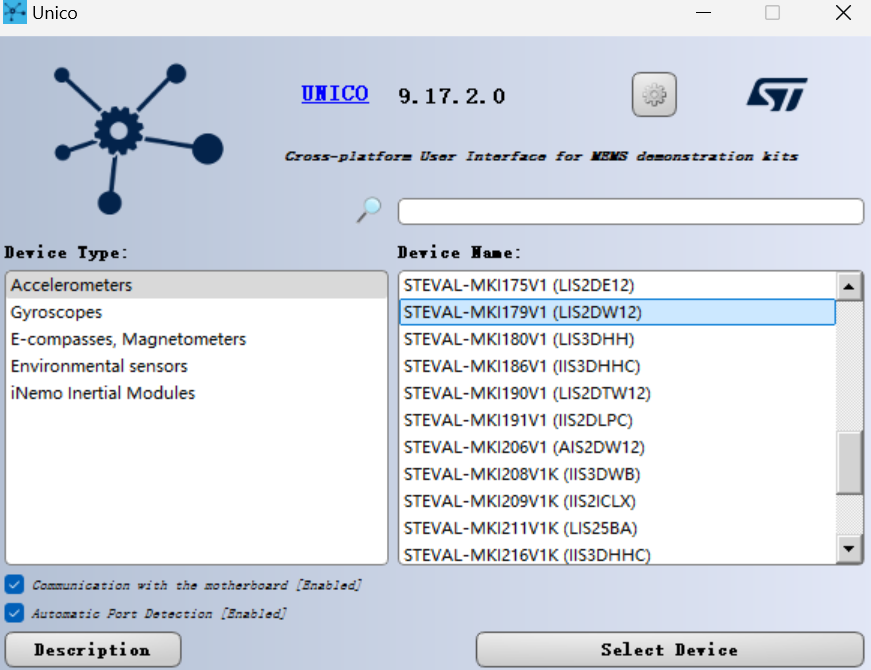
3D data real-time waveform
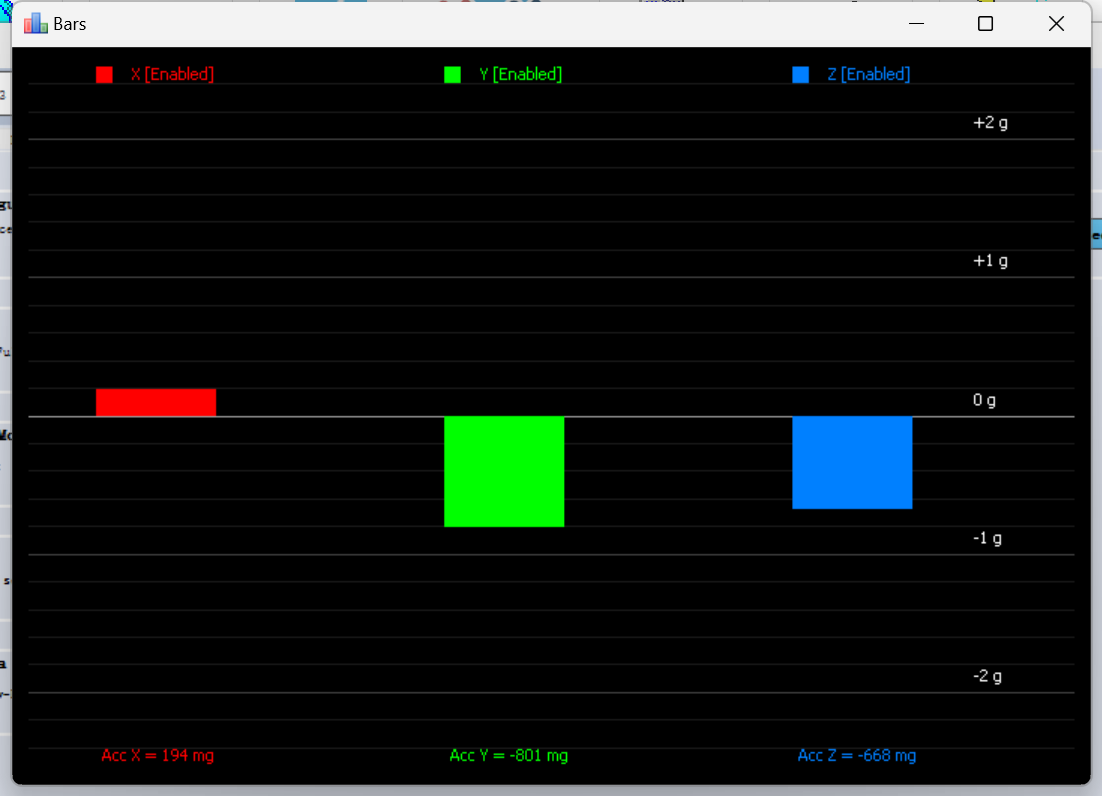
3D acceleration real-time value update
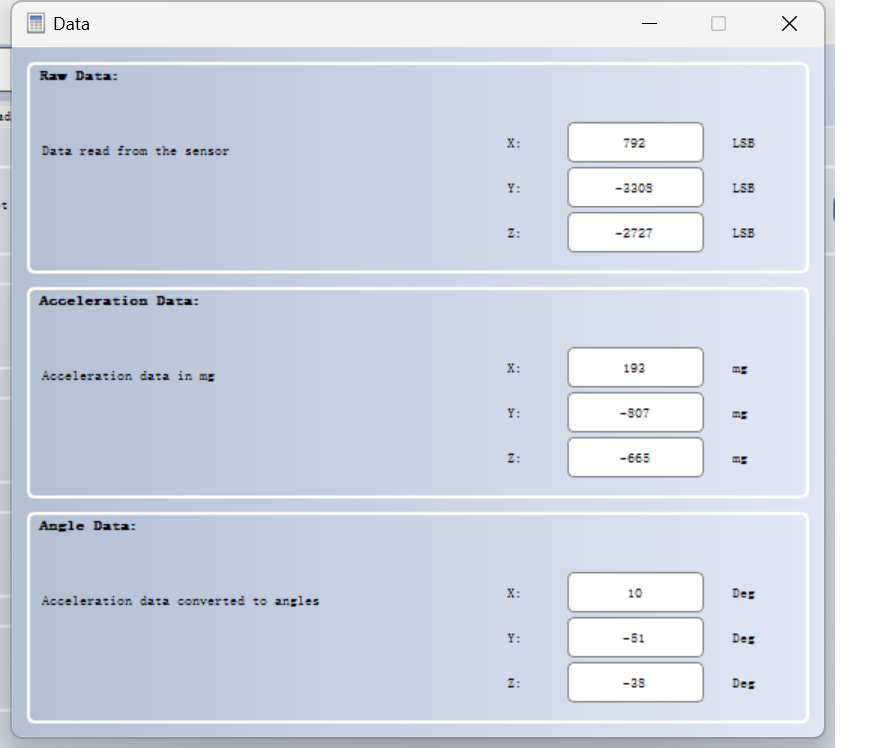
Data in FIFO register
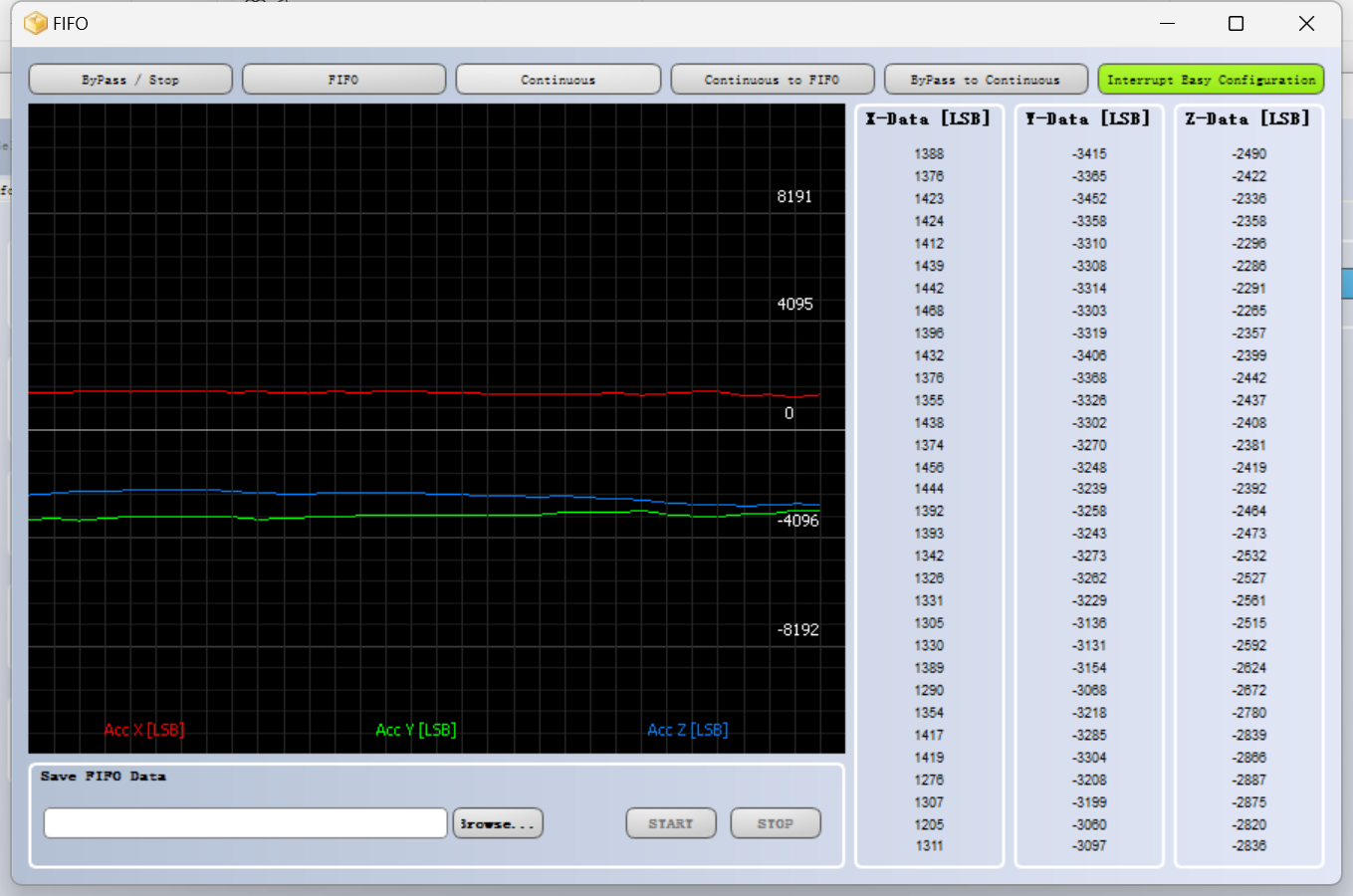
Interrupt function verification (including wake-up, drop, single and double click events, etc.)
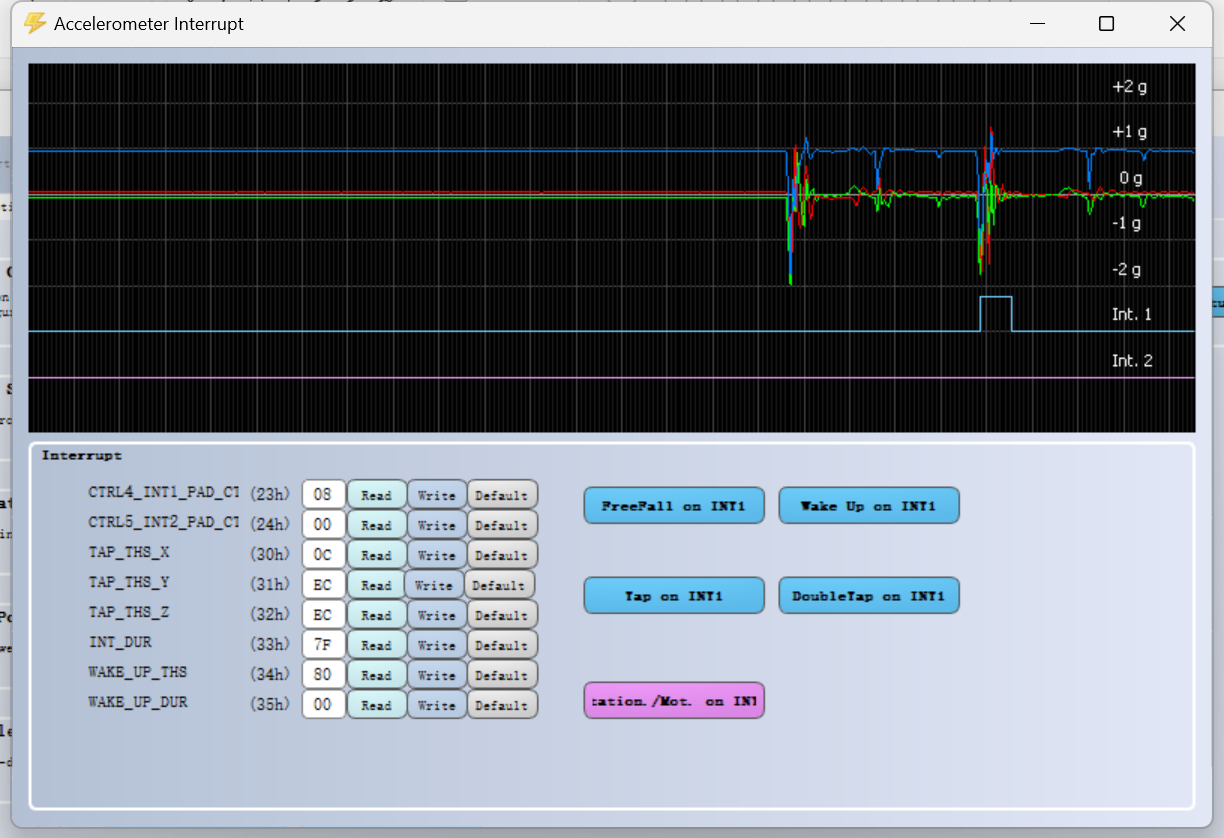
Scenario application diagram
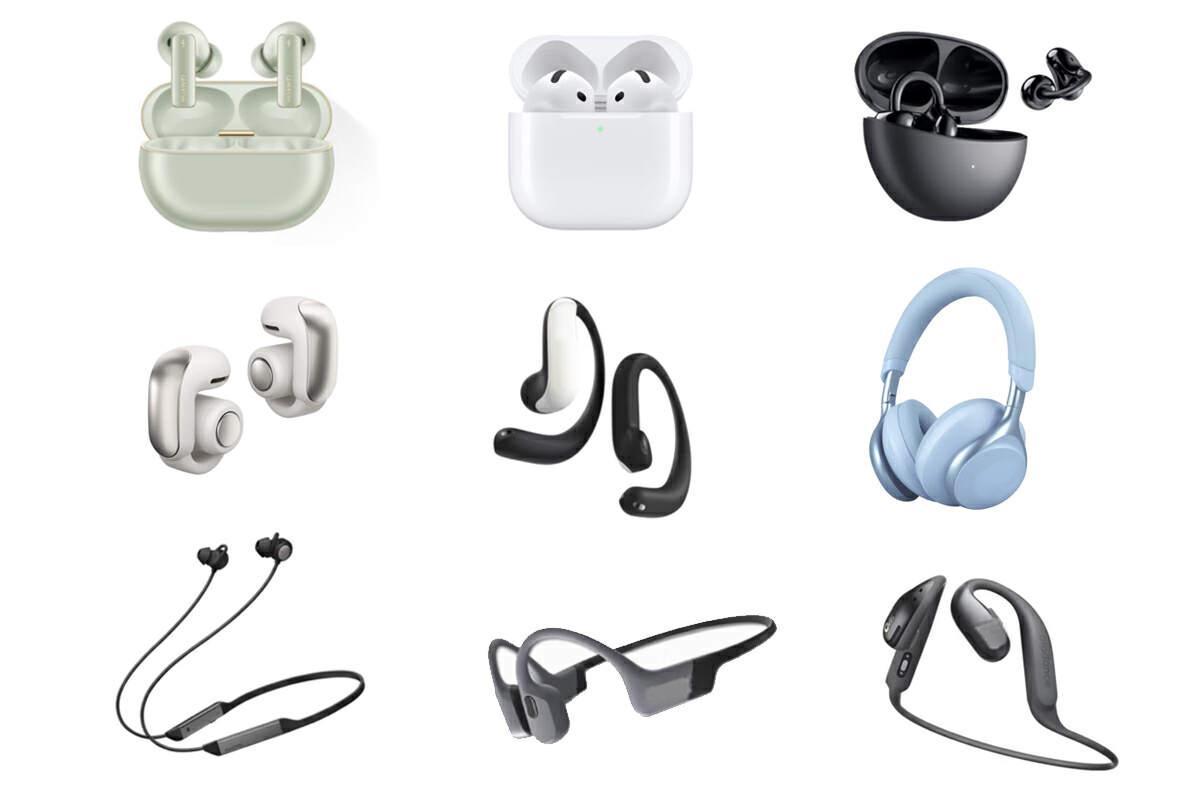
Development board photos
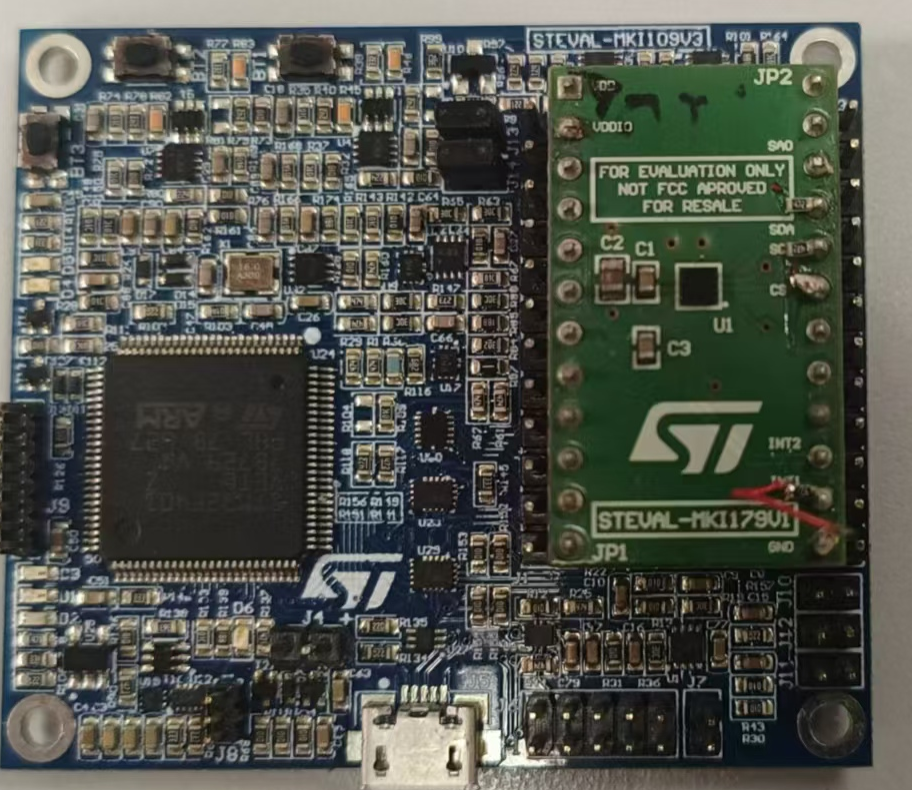
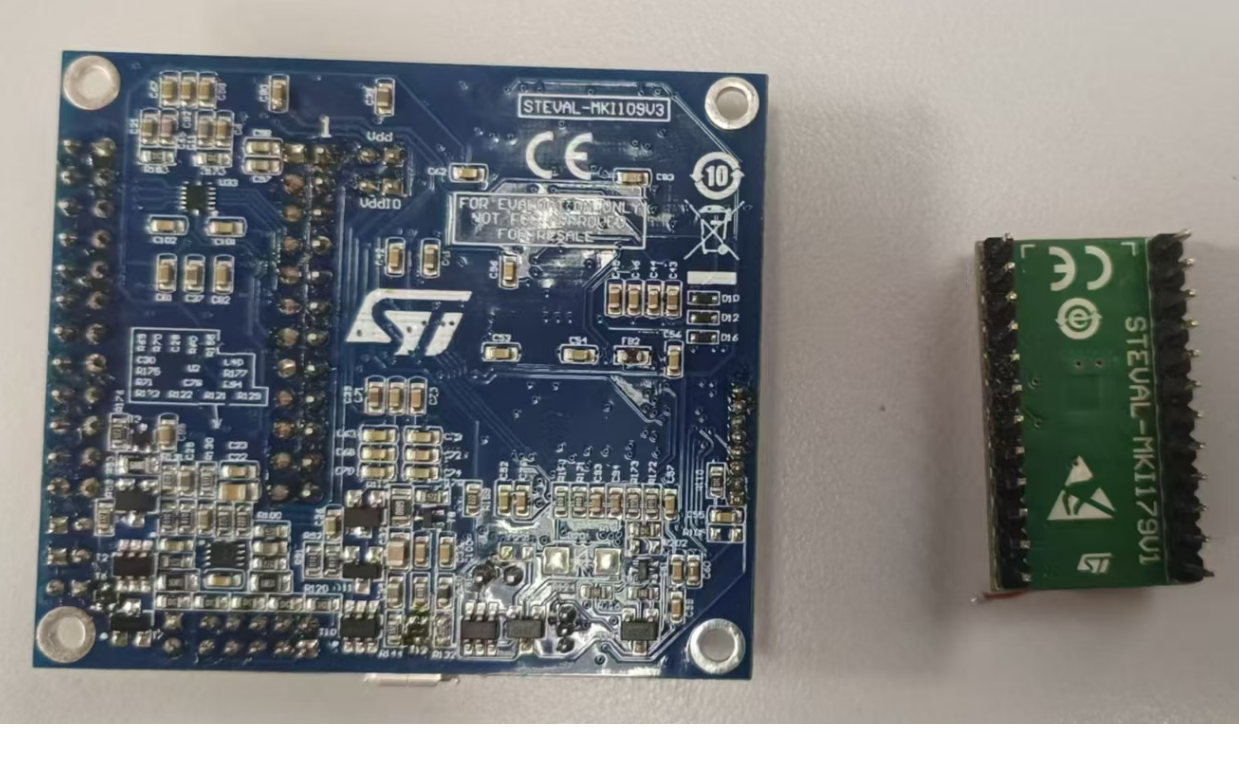
Scheme diagram

Core technical advantages
1. Complete software package supports all MEMS evaluation boards
2. Visual interface configuration, supports Linux/Mac OS X/Windows system development
3. Conveniently set sensors, register configuration, data recording and drawing, which can guide engineers to develop faster
Solution specifications
•Ultra-low power consumption: 50na in power-down mode, less than 1µA in active low-power mode
• Very low noise: RMS as low as 1.3 mg in low power mode
•Multiple working modes, various bandwidths
•Android stillness detection, motion detection
•Supply voltage, 1.62 V to 3.6 V
•Independent IO power supply
•±2g/±4g/±8g/±16g optional range
•High-speed I²C/SPI digital output interface
•Single data conversion requirements
•16-bit data output
•Embedded temperature sensor
•Self-test
•32-level FIFO
•10,000 g high impact survivability
•Comply with ECOPACK, RoHS and “green” standards
